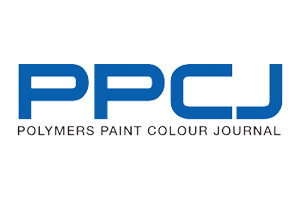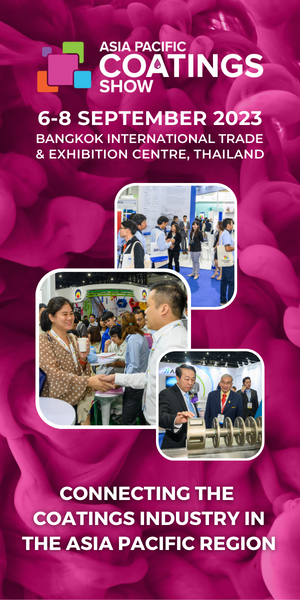
As the coatings industry continues to seek ways to lessen its impact on the environment, ultraviolet- (UV) curable polyurethane dispersions (PUDs) have emerged as a viable solution. This coatings technology offers lower volatile organic compounds (VOCs) and volatile hazardous air pollutants (VHAPS) than solventborne coatings, while still providing the performance characteristics necessary for a variety of demanding applications.
"As a leader in polyurethane chemistry, we understand the coatings industry’s rigorous environmental, economic and performance requirements,” said John Brandt, head of business development, UV & Wood Coatings NAFTA, Bayer MaterialScience LLC. "Coatings based on our one-component, UV-curable waterborne PUDs can help coatings formulators and end-users meet all of these challenging requirements.”
Brandt explored the benefits of UV-curable waterborne PUDs in his technical presentation, "A Sustainable Chemistry: One-Component, UV-Curable Waterborne Polyurethane Coatings,” on May 1, during RadTech UV/EB 2012.
Brandt discussed the chemistry behind UV-curable waterborne PUDs, which have been nominated for a 2012 Presidential Green Chemistry Challenge award. He will also highlight the evolution of this technology and why the wood coatings, site-applied floor coatings and aerospace markets were among the first to embrace this customizable technology.
Brandt also focused on the topic of sustainability from a coatings perspective. More specifically, he addressed the industry’s sustainability drivers (including regulatory compliance, energy efficiency and use of renewable materials, among others), the components of sustainability and the Life Cycle Analysis (LCA) approach to measuring UV coatings vs other technologies.




